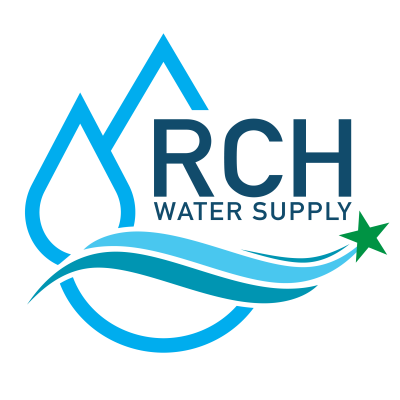Ensure you are prepared for the Freezing temperatures ahead
January 13, 2024
Dear RCH Members,
As we brace for a period of unusually cold weather, with temperatures forecasted to linger in the low double digits over the coming days, it's crucial for each of us to take proactive steps to safeguard your home's water lines. Freezing temperatures pose a significant risk to any exposed pipes or faucets, potentially leading to inconvenient and costly damages.
To help you navigate this cold snap with minimal disruption, we've compiled a list of best practices for protecting your pipes.
Keep Faucets Dripping: Allow a small, steady drip from your faucets. This continuous water flow can prevent the pipes from freezing. This is particularly important for faucets or pipes on exterior walls.
Open Cabinet Doors: Promote warmer air circulation by keeping cabinet doors open under sinks and in areas where pipes are located. This step is crucial in kitchens and bathrooms, where pipes are often concealed and more vulnerable.
Insulate Exposed Pipes: It's essential to insulate exposed pipes, particularly in unheated areas like attics and garages. These areas are more vulnerable to freezing temperatures and require extra attention. Begin by wrapping exposed pipes with foam insulation. This step is crucial in preventing them from freezing. Regularly check that the insulation is properly in place and effectively protecting your pipes from continuous exposure to freezing temperatures.
Seal Cracks and Openings: Inspect for drafts near your pipes and seal any gaps where pipes pass through walls or floors, especially if cold air is entering through these openings. Use caulk or insulation for effective sealing.
Maintain Consistent Thermostat Settings: Keep your home’s temperature consistent throughout the day and night. This helps in preventing the freezing and subsequent bursting of pipes.
Disconnect and Drain Outdoor Hoses: Remove outdoor hoses, drain them, and store them properly. Ensure that indoor valves supplying outdoor hose bibs are closed, and open the outdoor hose bibs to allow any remaining water to drain out.
Cover Hose Bibs: Use hose bib covers to provide additional protection against freezing temperatures. These covers can be easily installed and add an extra layer of insulation for your outdoor faucets. If you do not have any bib covers, wrap them with a towel and secure them with duct tape or zip ties for temporary protection.
Know Your Water Shut-Off Location: Familiarize yourself with the location and operation of your main water shut-off valve. In the event of a pipe freezing and bursting, quickly shutting off your water supply is crucial to minimize damage.
We strongly encourage all members to take these preventive actions. They are simple yet effective steps in avoiding the disruptions and expenses associated with frozen and burst pipes.
Stay warm!
Robin Mayall
General Manager, RCH

